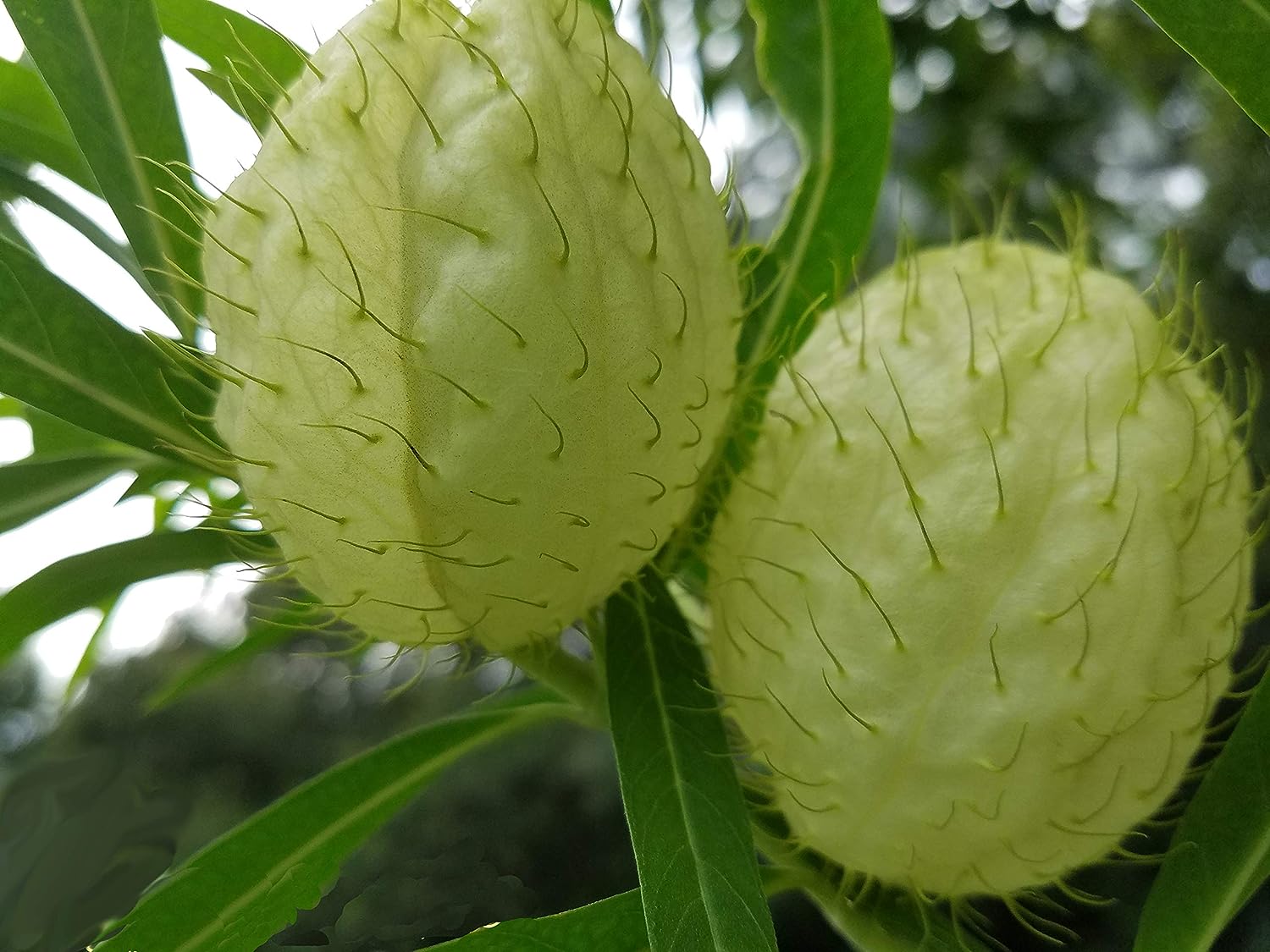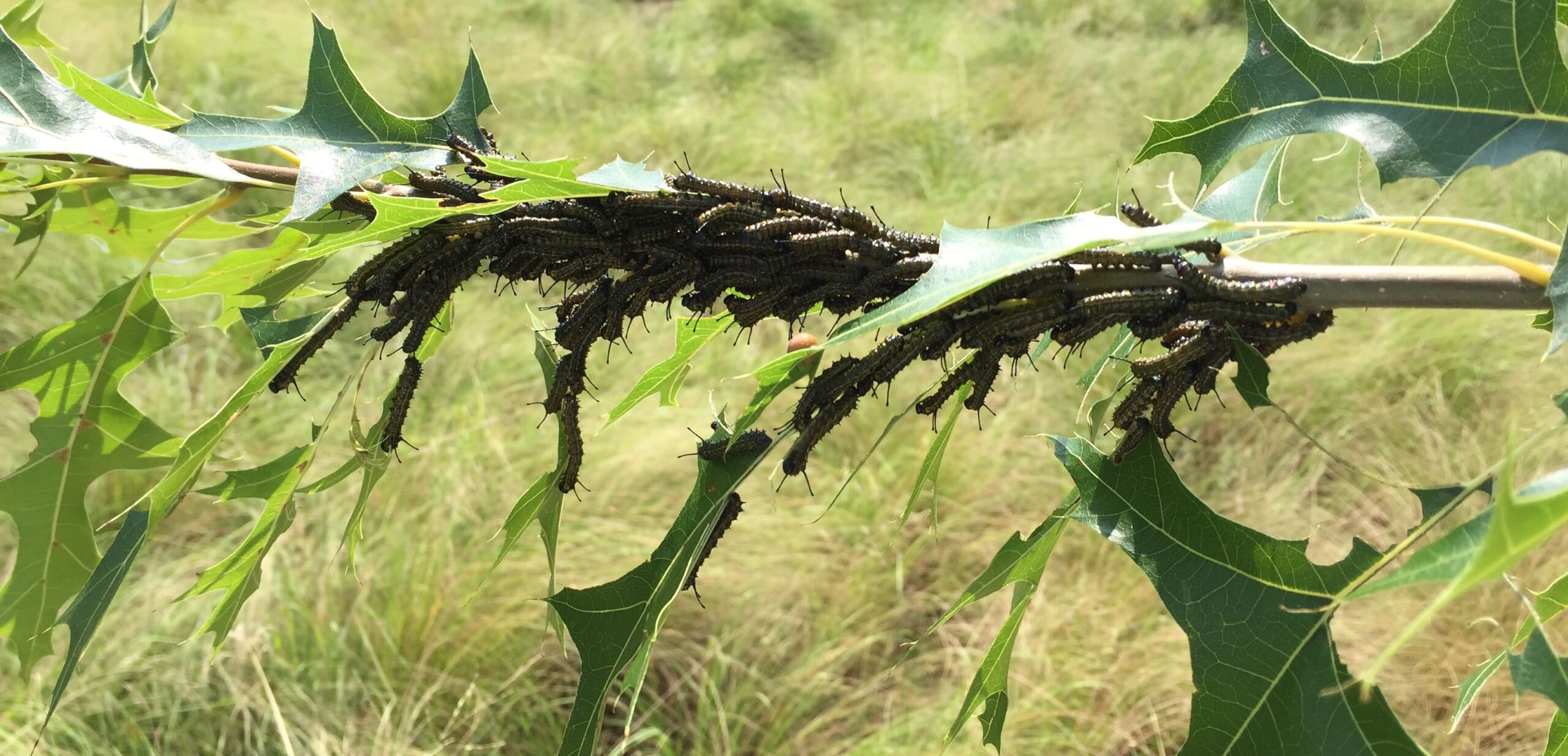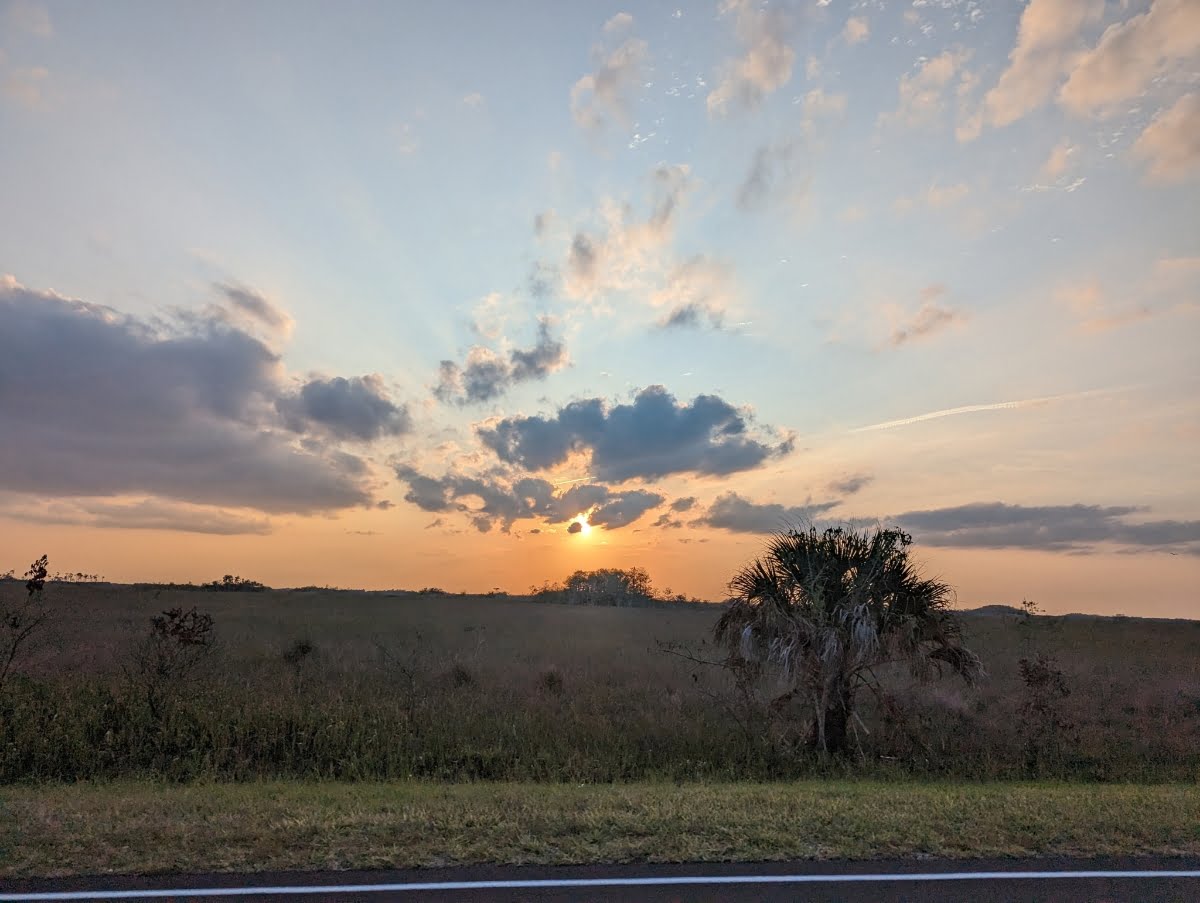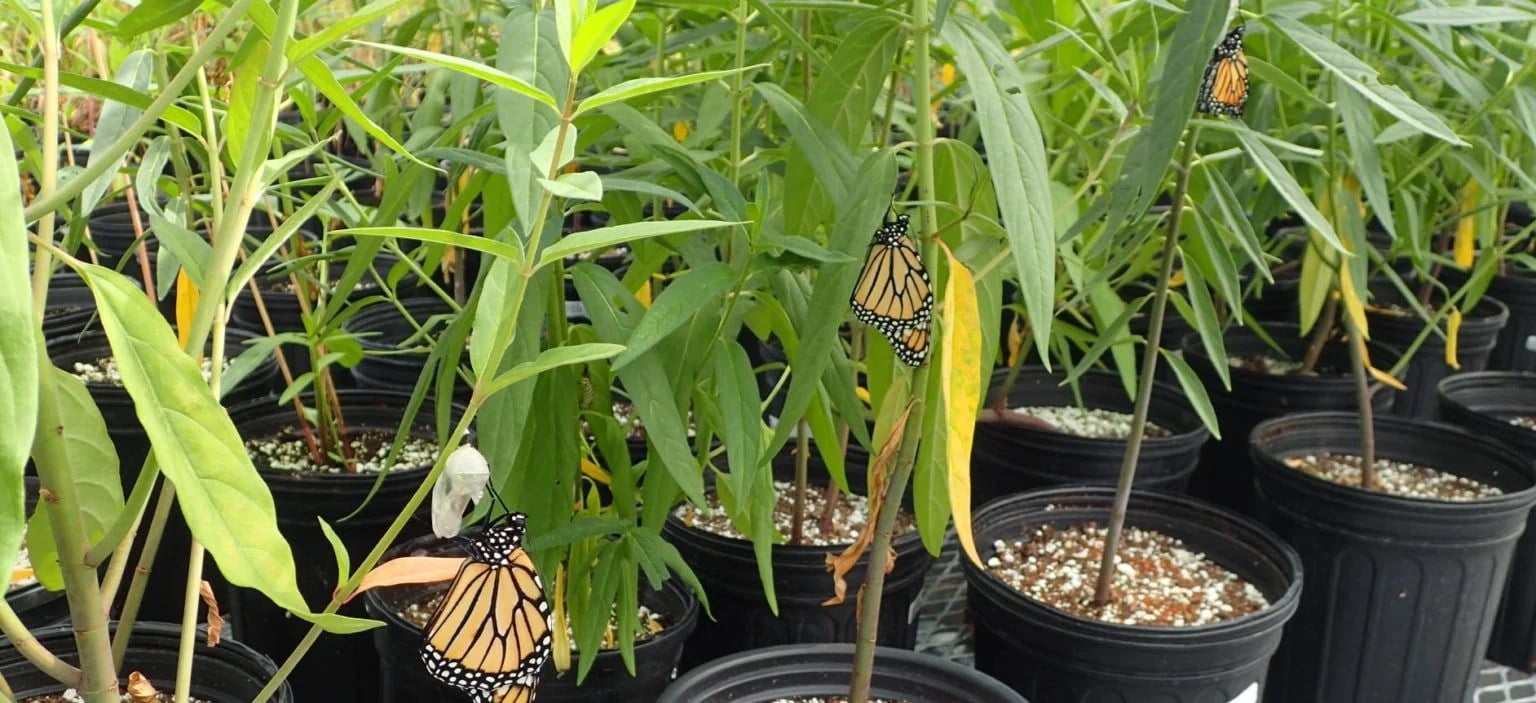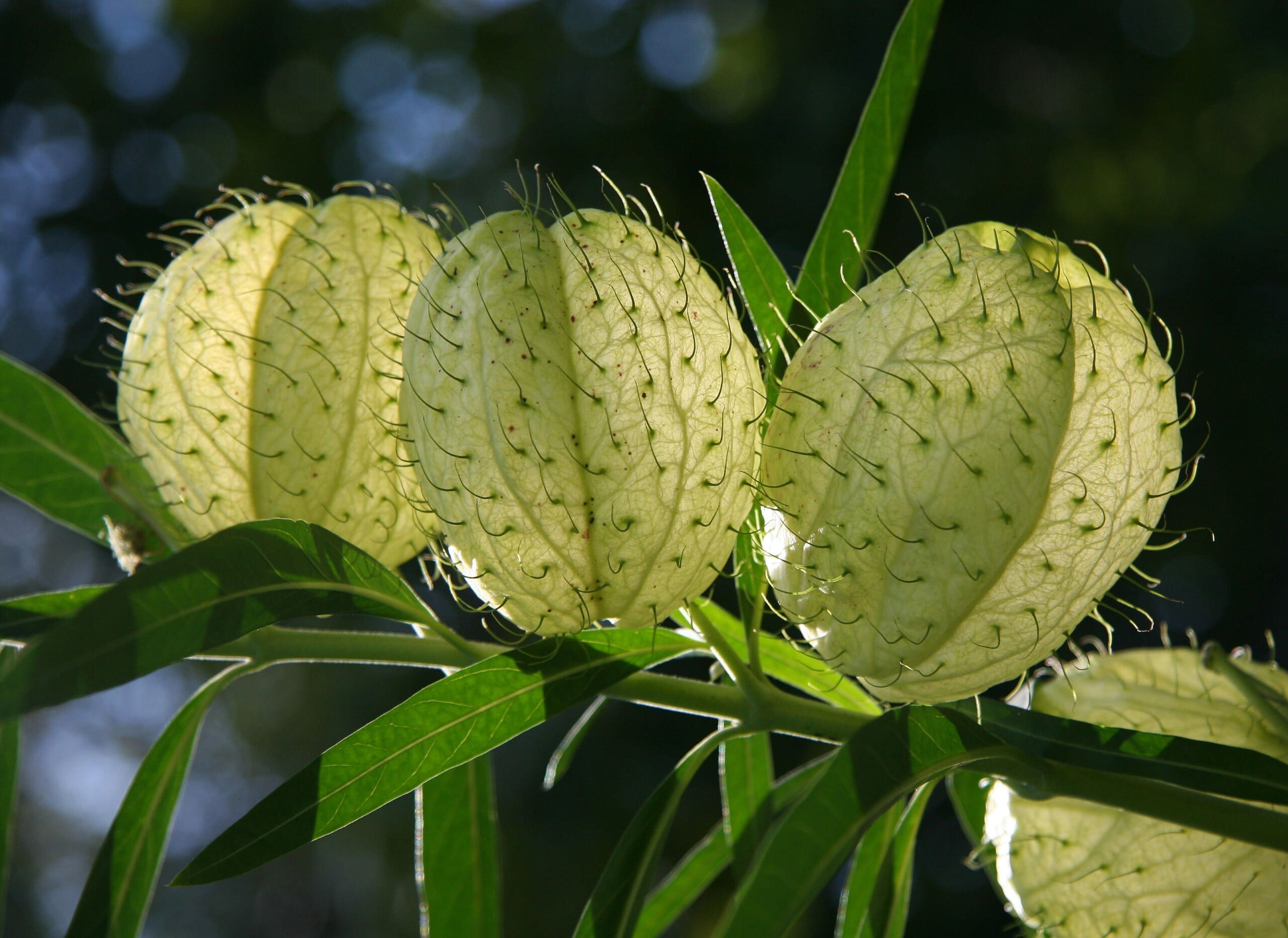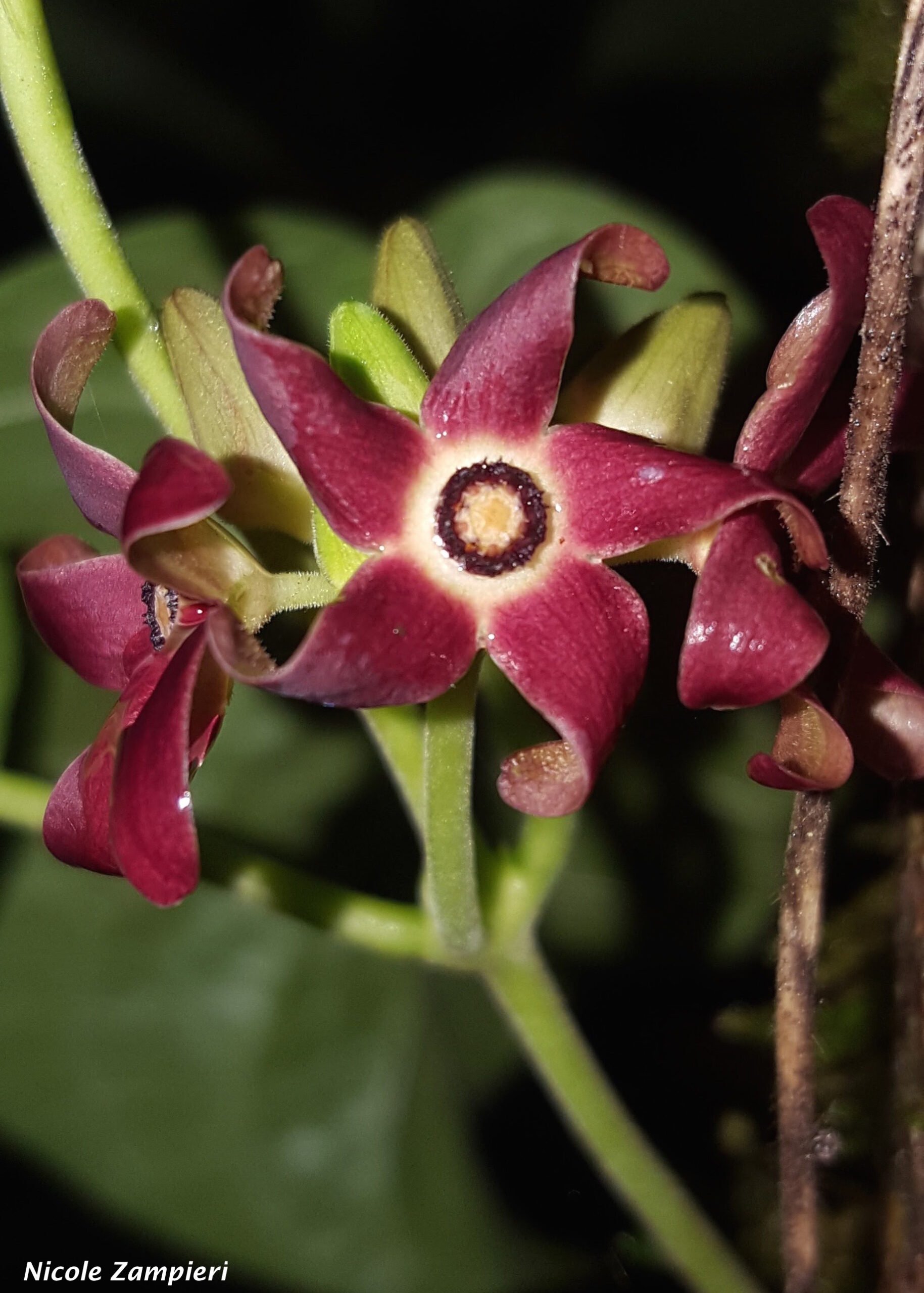Milkweeds are not just another pretty plant; they’re the cornerstone of a complex ecological web. Serving as the primary host plants for the famed Monarch butterfly, these hardy perennials play a crucial role in ecosystems across the United States, including the diverse landscapes of Texas.
Larval Host Plants
Vascular plants that are required by the larva of Butterflies (Papilionoidea)
Hairy Balls Found Down Under!! The Milkweed That’s a Butterfly Magnet
Hairy Balls are more than just a conversation starter; they’re a butterfly haven and a testament to the weird and wonderful world of flora. Whether you’re in the southern U.S., northern Mexico, or Australia, this plant offers something for everyone—both in laughs and ecological benefits.
Oaks (Quercus): The Cornerstone of North American Lepidopteran Life
n North America, Oaks (genus Quercus) stand tall not just in stature, but also in their unparalleled role as larval host plants.
Florida Native Palm Trees: Unsung Heroes for Butterfly and Moth Larvae
Florida’s native palms play a crucial role in the state’s ecological balance, especially as larval hosts for several butterfly and moth species.
Growing Swamp Milkweed in Containers or Raised Beds
Growing Asclepias incarnata in containers or raised beds offers a flexible solution for gardeners with limited space or those wanting to control soil quality. Here’s a guide to successfully cultivating Swamp Milkweed in such settings.
Asclepias physocarpa: The Whimsical Balloon Plant Beneficial to Monarchs and More
Asclepias physocarpa, commonly known as the Balloon Plant or Hairy Balls Milkweed, is originally native to southeast Africa. However, due to its unique appearance and benefits to wildlife, it has been introduced to various parts of the world, including North America.
Florida Milkvine (Matelea floridana): A Jewel in the Butterfly Garden
Embracing the Florida Milkvine and other native plants is a step towards a more sustainable, biodiverse, and beautiful Florida.
Balancing Top-Down Thinking with Grassroots Efforts: The Milkweed Paradigm
On one hand, we have the top-down approach, where larger institutions and governmental bodies wield vast resources and regulatory powers. On the other, there are grassroots efforts, where individuals and communities make direct interventions.

